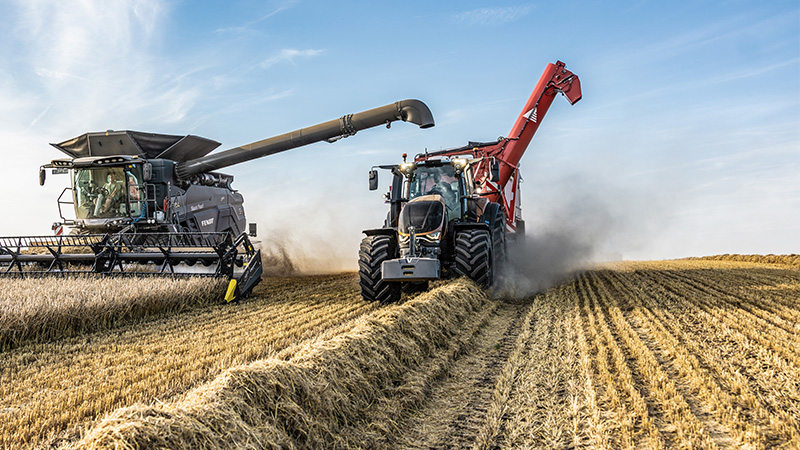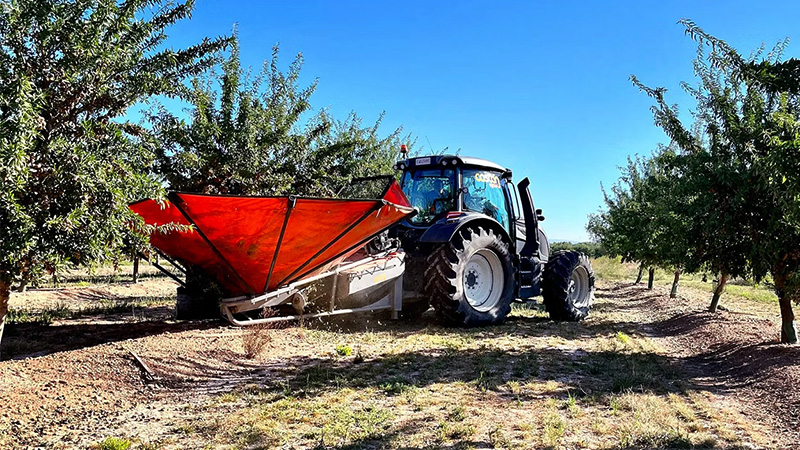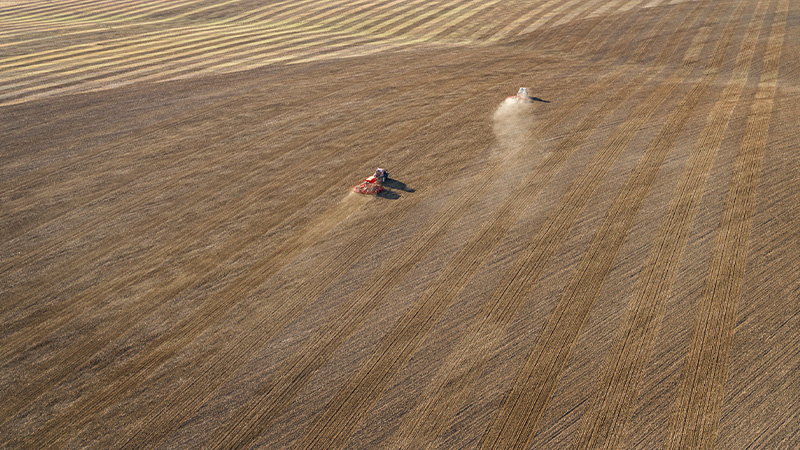Simply put, Smart Farming refers to the use of technology in agriculture to make tasks easier and improve outcomes. In this blog, we give a brief overview of some of the seminal moments in the history of Smart Farming and how it may lead to a more productive future.
Advances in technology and science have given farmers tools to improve their production and profits. GPS (Global Positioning System) connectivity has enabled autoguidance. Smart sensors can monitor spraying rates or seed drilling accuracy. Networked computers can now gather and compare data. It is important to note, however, that adoption of Smart Farming is not an all-in or all-out thing. There are levels of ‘smartness’ and connectivity – from a few connected devices to largescale fleet management and automation.
The Origins of Smart Farming
Smart Farming can be seen as a continuation of a process that is as old as agriculture itself. Each innovation in tool or equipment has built on the technology of its day to improve yields, make jobs easier, or save time and resources. With Smart Farming, those incremental improvements have simply gone digital. However, new technologies are not always adopted quickly, or universally. It is difficult, therefore, to pinpoint any one moment when farming ‘went smart’. It is more of an ongoing process. Some say Smart Farming can trace its roots back to the late 1990s when tractors first started using GPS to map out farms and cropping maps. In those days the technology was fraught with problems. Few satellites and weak signal strength meant tractors would often lose connectivity when trees or buildings blocked signals. It would often take up to 15 minutes to regain a connection.
Valtra S-series auto-guidance
The Early Days of Smart Farming
Slow and unreliable technology was not the only issue. Through the early 2000s adoption of smart technology was slow to take off. Cost was a major limiting factor for farmers. High investment and low customer uptake lead to this relatively new technology coming with a high price tag. As recently as 2016 only around 3% of Valtra tractors were fitted with GPS capabilities. However, as the technology evolved, demand slowly grew. The increase in GPS connectivity fed the demand for improvements in steering automation, and the Smart Farming revolution slowly progressed. There was, however, still one major drawback. The systems were not easy to use, and farmers often had to undertake a lot of specialist training to be able to use the equipment. The user interface was complicated, with many smart implements requiring their own screen and associated wiring.
Game-Changers in Smart Farming
In the 1990s, the international standard ISO 11783 was developed in North America with the aim to standardize agricultural equipment and electronic components and their compatibility across manufacturers. In 2001 the universal ISOBUS connection was formally revealed at the Agritechnica show. Development continued after the unveiling of the physical design to introduce communication protocols for network management and device discovery, eventually allowing any ISOBUS implement to be attached to any tractor with plug and play ease of use. Although, in many cases, different implements still required their own screens and consoles.
There was little to no standardization of user experience across the many ISOBUS implement interfaces. Until then, many advances in Smart Farming had focused on simply improving speed and accuracy. That was until in 2017 when Valtra introduced the SmartTouch armrest. The SmartTouch interface brought together not only the smart capabilities of autoguidance but also complete control of all connected ISOBUS implements in one clear interface that is easier to use than a smartphone. The innovation proved a success. Not long after launch, some 45% of new Valtra tractors were fitted with Smart Farming technology.
Valtra T-series with SmartTouch
Towards a Sustainable Smart Future
Since those early days of satellite connectivity advances in sensing and data transfer and processing have greatly increased the Smart capabilities of farming. Building on that early GPS technology, tractors can now be precision-controlled to minimize overlaps, saving time and resources. Accurate sensors can monitor and instantaneously adjust implement working depth and application rates of fertilizer, seed, or spray in real-time. But perhaps the greatest leaps forward have been in connectivity and usability. Solutions like Valtra Connect allow farmers and farm managers to check the status of their entire fleet remotely. Information on cultivation plans and tasks can be transferred between computer and tractor via Bluetooth or GPRS, and held and managed in Task Doc Pro task management software.
Smart Farming is becoming the norm, and farms that are not utilizing smart telemetry to monitor, transfer, and analyze data risk being left behind. The advantages of Smart Farming not only save time and money but also reduce environmental impacts. While the future always poses some uncertainty, one thing is clear – Smart Farming will play an increasing role in making farming more efficient and productive.
Read more:
Want to be a Smart Farmer? Download the White Paper to see example calculations of how smart farming can benefit operations of all shapes and sizes.



